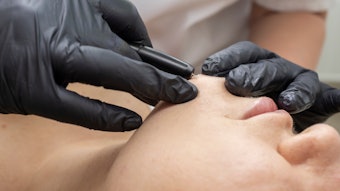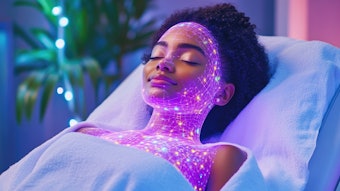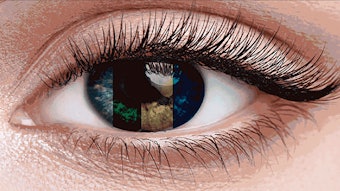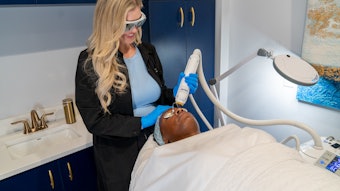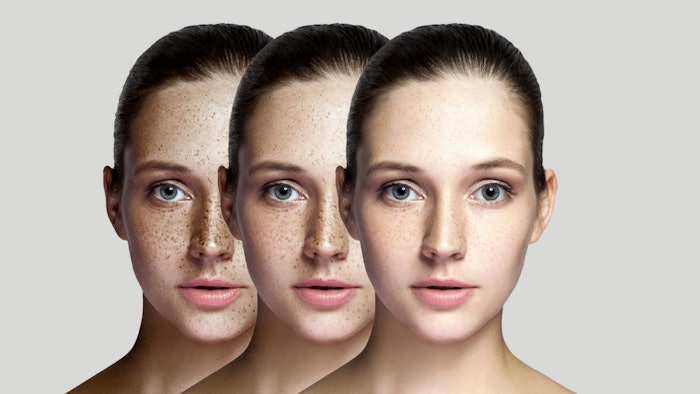
A study, published in the Journal of Lasers in Surgery and Medicine (March 2021), compared the safety and efficacy of 1064-nm and dual-wavelength (532/1064-nm) picosecond Nd:YAG lasers with holographic optics for the treatment of facial photoaging.
For the prospective, randomized split-faced study, physicians randomly treated each side of subjects' faces with a 1064-nm or 52/1064-nm picosecond laser. All participants underwent five treatment sessions with follow-up visits one to three months after the final treatment. The primary outcomes were measured by using the global photoaging scores, determined by two blinded physicians. Secondary outcomes included subject-assessed Global Aesthetic Improvement Scale (GAIS) and satisfaction scores. The researchers performed histopathological examinations, and observed intraepidermal vacuoles and dermal hemorrhaging immediately and 24 hours after treatment.
Related: Picosecond Alex Laser Offers Longterm Improvement in Photodamage
Global photoaging scores significantly decreased on both sides of the face after treatment. The global photoaging scores, GAIS scores and satisfaction scores did not differ significantly between the two picosecond laser treatments. Histological changes were also similar between the two sides. After five treatments, neocollagenesis was observed in the upper dermis of both treatment areas, and elastic fibers were more elongated and orderly.
The authors concluded that treatments with 1064-nm and 532/1064-nm picosecond Nd:YAG picosecond lasers were comparably effective at improving photodamaged facial skin.

